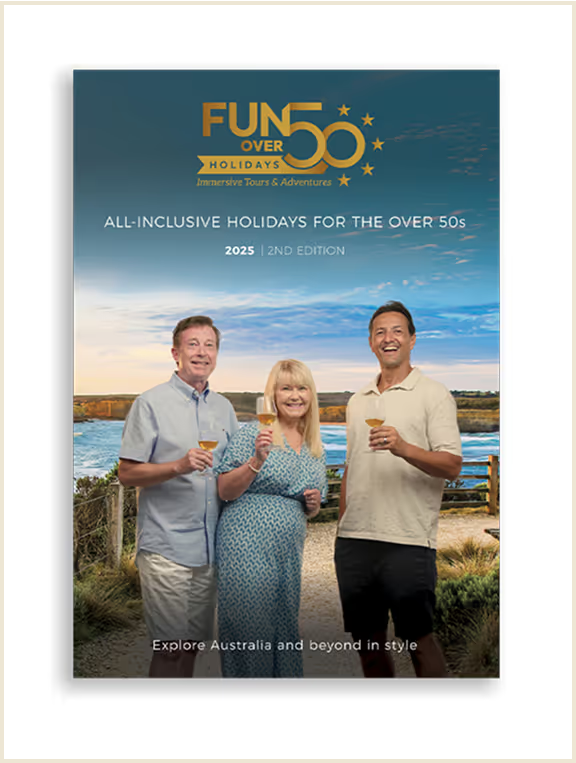Tour destinations
Responsible tourism


Shark Bay was the first location in Western Australia to receive UNESCO World Heritage status in 1991. The 23,000 square kilometre area covering mostly marine waters is at the most westerly point of Australia, 800 kilometres north of Perth. Shark Bay tours explore one of the world's greatest wilderness wonderlands including its colony of stromatolite, the oldest life form on earth.
Renowned internationally for its marine life, Shark Bay has a population of around 10,000 dugongs and a plentiful community of Indo-Pacific bottlenose dolphins, particularly at Monkey Mia. Sharks, sting rays, and sea turtles abound, and Shark Bay is host to migratory humpback and southern right whales. Flora abounds too, with one of the largest seagrass beds in the world.

Take the first step toward your next adventure—explore our tours or get a free brochure sent to your inbox.
Shark Bay is Australia’s largest bay boasting over 1,000 kilometres of pristine protected beaches and inviting turquoise waters.
Monkey Mia Reserve, situated on the eastern shore of the Peron Peninsula is famous for its wild dolphin experience and attracts many visitors to watch, feed and learn about these beautiful, intelligent mammals. As well as the friendly dolphins, Monkey Mia’s waters are teeming with marine life and on land, visitors are often greeted by pelicans, emus, and western grasswrens.

.avif)
The extraordinary Hamelin Pool is one of only two places in the world where you can see Stromatolites, the other is in the Bahamas. The 3.5-billion-year-old ‘living fossils’ at Hamelin Pool are among the oldest and largest stromatolites on earth and are considered to be the best example of their kind. It can be quite surreal being amongst these ancient fossils and a rare experience to treasure.
Visit these and more extraordinary places on one of our Shark Bay tours to West Australia.
The traditional country of the Malgana, Nhanda and Yingkarta Aboriginal language groups, the Malgana name for Shark Bay is Gutharraguda, meaning 'two waters' or 'two bays.’ English explorer William Dampier named the area Shark Bay in 1699 in honour of these magnificent fish.
The area around Shark Bay contains many plant species that are unique and considered new to science. Twelve species of seagrass grow in Shark Bay and its seagrass meadows cover an incredible 4,000 square kilometres. It’s one of the largest and most diverse seagrass beds in the world and an important food source for the 10,000 dugongs which make up 12.5% of the world's dugong population.
The Shark Bay area supports over 35 per cent of all Australia’s bird species, 150 reptile species, five endangered Australian mammals and over 323 fish species, many of them sharks and rays and provides a refuge for a number of globally threatened species. The threatened loggerhead and green sea turtles build their nests on Shark Bay’s sandy beaches and the world’s largest fish – the whale shark – can be seen in the bay during the April and May full moons.
Our team is always happy to help if you have any questions about us or our tours. Fill out our form and we will get back to you soon.